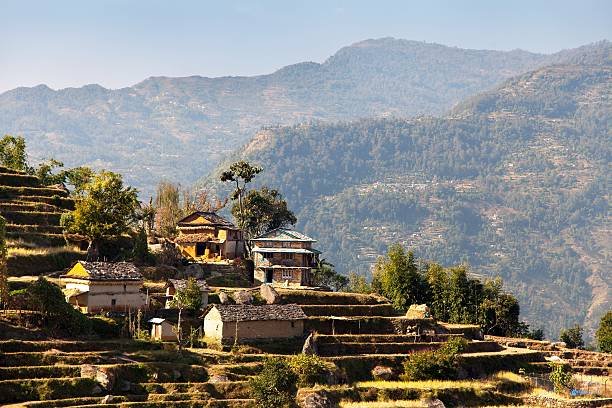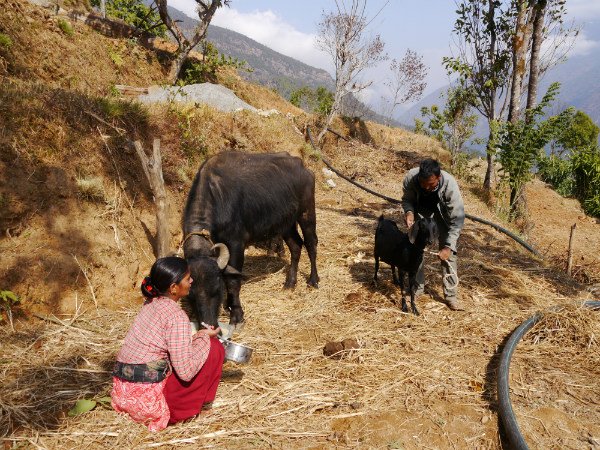

Nepali village life is a rich tapestry of tradition, culture, and simplicity, deeply rooted in harmony with nature. The majority of Nepal's population resides in rural areas, spread across diverse terrains, including the flat Terai plains, hilly midlands, and the majestic Himalayas. Each village has its unique charm, shaped by geography, ethnicity, and culture, yet they all share a deep sense of community and a slower pace of life.
Daily Life
Life in a Nepali village revolves around agriculture. Farmers rise with the sun and work hard in their terraced fields, growing crops such as rice, maize, millet, and vegetables. Livestock such as cows, buffaloes, goats, and chickens are also integral to the rural economy. Women are often seen carrying firewood, fetching water from streams, or tending to household chores, while men work on farming, trading, or construction.
Houses in villages are typically made of mud, stone, or brick, with thatched or tin roofs, reflecting traditional architecture and adapting to local climates. Inside, the homes are simple but functional, often with a central hearth for cooking and warmth.
Culture and Traditions
Nepali village life is closely tied to festivals, rituals, and cultural practices. Events like Dashain, Tihar, and Maghe Sankranti bring communities together in celebration, marked by music, dance, and feasts. Villagers also honor their local deities, spirits, and nature through various ceremonies.
Community cooperation is a cornerstone of village life. From constructing homes to planting crops, people often work together in a system known as "parma," where labor is exchanged reciprocally without monetary compensation.
Education and Health
While access to education and healthcare has improved over the years, many villages still face challenges. Schools in rural areas often lack proper infrastructure and resources, with students walking long distances to attend classes. Healthcare facilities are sparse, and villagers may rely on traditional healers or travel to nearby towns for treatment.
Natural Beauty
Nepali villages are renowned for their stunning natural beauty. Whether nestled in the shadow of snow-capped mountains or surrounded by lush green fields, the landscapes are breathtaking. This natural abundance provides both sustenance and spiritual connection, as villagers deeply respect and depend on their environment.
Challenges
Despite their charm, rural life in Nepal is not without difficulties. Many villages lack basic infrastructure like roads, electricity, and clean drinking water. Seasonal migration for work is common, as economic opportunities are limited. Moreover, natural disasters such as landslides and floods pose significant risks to many remote settlements.
Resilience and Hope
Despite these challenges, the resilience of villagers is inspiring. Development efforts, including road construction, rural electrification, and access to education, are gradually transforming these communities. Tourism also plays a role, as trekkers and visitors bring income and awareness to these areas.
In essence, Nepali village life is a blend of tradition, natural beauty, and community spirit. It offers a glimpse into a way of life that is increasingly rare in the modern world, rooted in simplicity and a deep connection to the land.